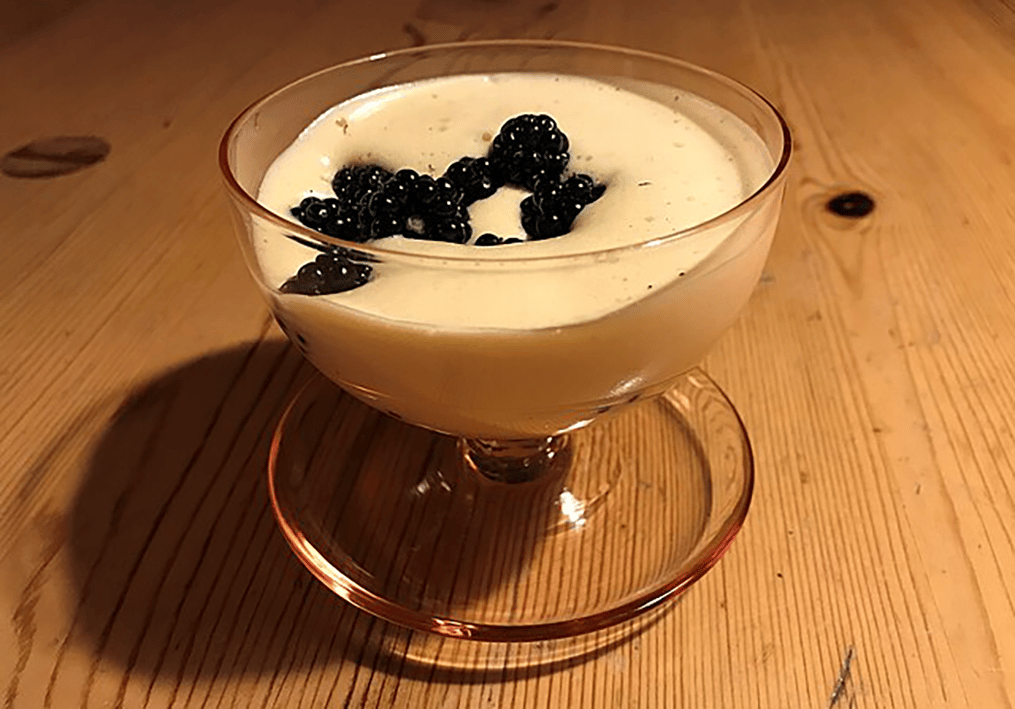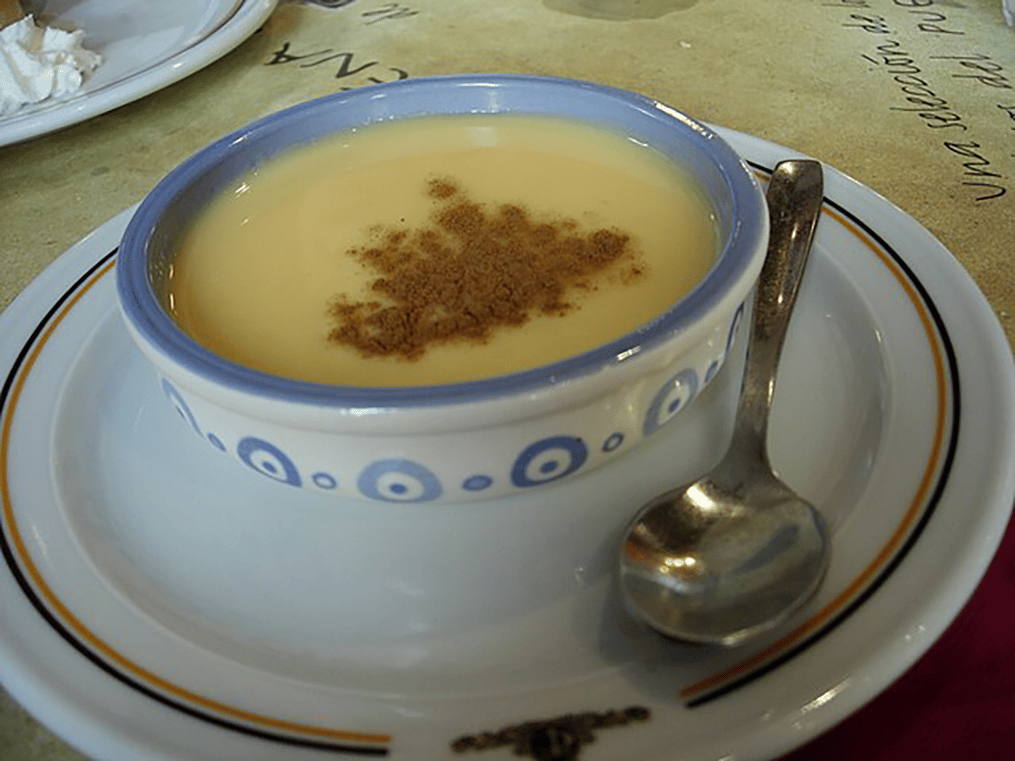- Home
- Articles
- Creamy, luscious and velvety custards from around the world you need to try: fancy desserts to make
From caramel-rich flan custards to the smoother Italian ones that come in a cup, custards have evolved since their origin in the middle ages

Custards are supposed to be liquidy with a sublime mouthfeel that may or may not hold shape. Unlike the pudding, it is not as thick and it is traditionally baked, sometimes cooked, and chilled. It is mainly made with milk, eggs and sugar in its rudimentary form, with a few more added ingredients based on the locations. The technique also tends to vary, from the French using bain-marie to the down south cooking then baking the custard. The result is a creamy dessert that may or may not have form, here are some of them. Custard can also make a great happy birthday surprise for someone with a sweet tooth.
1. Zabaione

The Italian Zabaione is a velvety custard that is served in glasses, which almost is like a thick dessert soup. It’s a tad difficult to say where and who in Italy might’ve made it with a few stories of its origin floating around. It used to be called crema di San Baylón, invented around the late 1500s, rumoured to be named after a monk Pascual Baylón Yubero, who was also a patron saint of pastry chefs. It is made with cream, sugar and Moscato d'Asti, a sparkling white wine; the custard might also use either Marsala, Vin Santo or Brachetto d’Acqui. The egg yolks are whisked with sugar over a bain-marie until the concoction turns smooth and foamy.
2. Leite de creme

Leite de creme is an egg custard from Portugal that is made with egg yolks, milk, sugar, cornstarch, cinnamon, and lemon zest. The eggs and milk go first and after the eggs combine with the milk, sugar and cornstarch are added and this is cooked, with a stick of cinnamon and lemon peel. Just like how a standard custard is made, it needs to be whisked continuously while it heats. Once the liquid starts to thicken, it is poured into ramekins and left in the fridge to set. Like creme brulee once the custard sets, it is sprinkled with sugar and torched to develop a thin shell of caramelised sugar.
3. Pudim de leite condensado
A spin-off of the Spanish Flan, Pudim de leite condensado, this Brazilian custard is creamy, sets into a beautiful supple shape and is bathed in caramel sauce. The ingredients vary but mostly they use condensed milk (leite condensado), regular milk, eggs and sugar. Caramel sauce coats the custard moulds or pans and once the ingredients are cooked, they are poured into them. They are baked in a water bath until they firm. This custard is said to have evolved from the Portuguese pudim de priscos.
4. Budino
The term budino refers to a cluster group of custards that could either be sweet or savoury; the sweet ones are mostly made with eggs, milk, and sugar, like every other custard in the world and sometimes includes the Italian speciality – ricotta, or rice to make a budino. There mostly three varieties, one similar to the Spanish Flan, second the crème anglaise and third crème caramel. It's usually baked or cooked in a bain-marie and chilled before being served with dessert sauces, chopped nuts or liqueur.
5. Natillas

From Spain, this custard is made with milk, egg yolks, sugar, flour, salt, and vanilla, which is the most popular flavour, it might also use chocolate or turrón (a honey and nutty flavoured nougat). Nuns from the La Mancha region of Spain were behind this custard, who used to prepare it in convents in Europe; it is also popular in Latin American countries today. It is usually served chilled with a sprinkling of cinnamon powder over it.
6. Karamelrand
A classic take on the crème caramel or Flan, Karamelrand is from Denmark and is said to have been invented sometime in the 1700s. It was published in Danish cookbooks under the name burnt cream or brændt craim. Like most custards, this too is made with milk, sugar and eggs and has a creamy taste. It's traditionally eaten chilled, has a shape like a flan, flat and wheel-like, hence the name, and rests in a dish of sweet caramel sauce. There's another version of this custard called the fløderand that is vanilla-flavoured and uses pickled fruits instead of caramel.
7. Qumështor
A custard from the Balkan region of Albania, Qumështor is a baked custard made with milk, eggs, butter, sugar and flour. It's associated with the Orthodox Christian population in the country who consume it in the week leading up to Lent. The eggs are whipped and mixed with rest of the ingredients with the milk going last and this concoction is baked until golden brown. It forms a dense dessert that needs to be cut into pieces to be served. It's best eaten chilled and might use flavourings from lemon zest, vanilla or orange.
More Like This
Popular Articles




Trending Web Stories
Curated Recipes

















